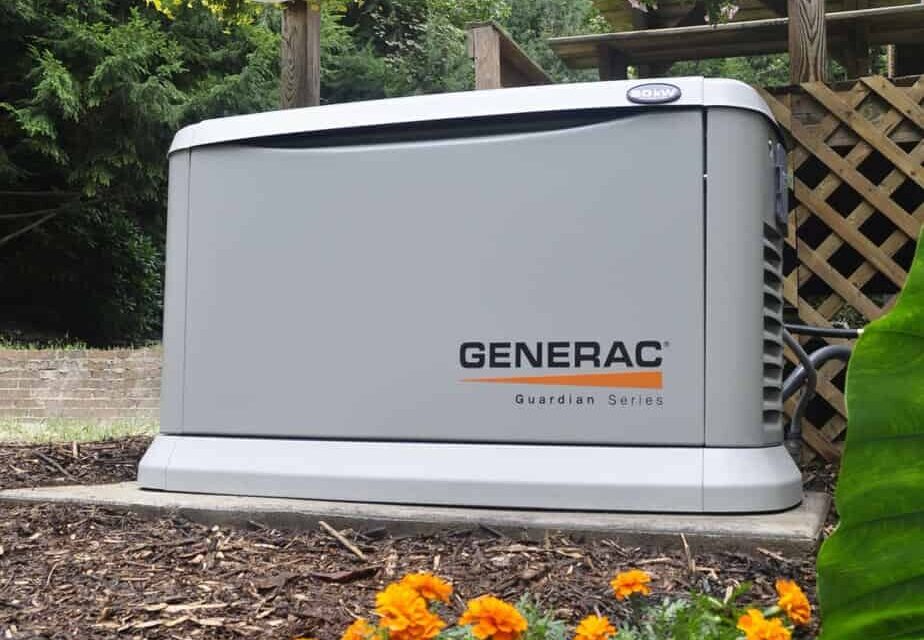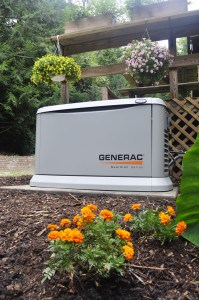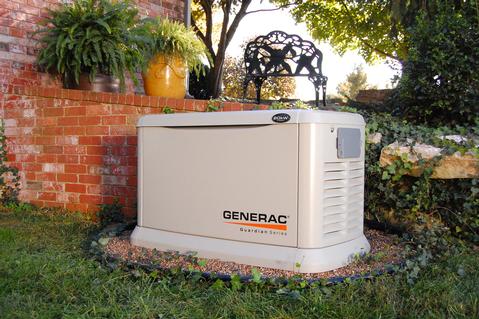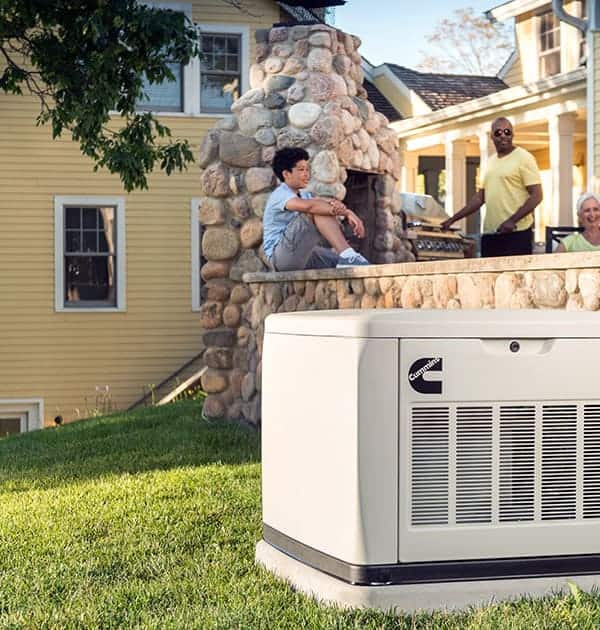Standby generators provide electrical power during an outage. When the automatic, permanently installed system detects an outage, first generator engine starts and then transfer switch moves all or part of the home’s electrical system onto generator power. At the same time, it isolates the house from the electric utility lines. This protects utility workers from electrocution and also protects the generator from overloads.
You could purchase a generator that would supply the same amount of power as the electric utility. If your home has 200-amp electrical service, a 48-kilowatt generator would provide the same amount of power. Home’s rarely use the full amount of power they have available to them however, and other options are available.
An automatic transfer switch with Load Management allows a much smaller generator to keep all or most of your electrical loads operational.
Power Requirements
If you’ve ever taken a close look at the inside your main service panel, you may have noticed that amperage ratings on the branch circuits add up to a much higher number than the main circuit breaker rating. Homes have many branch circuits and the circuit breaker on each protects the wires in that circuit from overloads.
A typical home with 200-amp service has a mix of 15-amp and 20-amp breakers, with higher rated 240-Volt circuits. Twenty 15-amp, ten 20-amp, plus a 50-amp range circuit and two 30-amp A/C circuits is not uncommon. The total is more than 600 amperes.
The 200-amp main circuit breaker would trip at just one-third the total.
Most circuits don’t operate at their full load and main panels rarely operate at close to the maximum current of the main breaker. However, the utility is capable of easily supplying that current, and it is there if we need it.
The Need for Power Management
Consider a system that includes one 16-kilowatt standby generator. A 3-ton A/C unit requires about 3500 running watts. Two of them running together will total 7000 watts. Add in both furnace blowers and the total is closer to 8000 watts, just for cooling the house.
Other appliances use up the available power quickly.
- Water heater — 4500 watts
- Well pump — 1000 watts
- Sump pump — 900 watts
- Refrigerator — 800 watts
- Freezer — 700 watts
The total, which includes the two A/C units, is close to 16 kilowatts. Appliances vary however and some may use more or less. Our 16kW standby unit has little or no power left for lights, charging a cell phone or laptop, or turning on the television to get a weather report.
Power management will allow you to use the appliances, but in a way that controls how the power is used. Perhaps only one air conditioner is allowed to start and run at the same time, and the well pump only runs if the air conditioner isn’t running.
Power Management
Load Management prevents too many high-current loads from operating at the same time. Most focus on 240-volt appliances because they usually draw the most current. Load management is usually implemented through the use of a smart controller integrated with the automatic transfer switch and external relay modules.
A relay allows an electronic controller to turn a load on or off by acting as a switch. A signal sent to relay allows the switch to open or close, which turns the load on or off. By monitoring the power from the generator, the controller can decide if a large appliance such as an air conditioner, electric dryer, or electric water heater should run or not.
Priority loading is a common way of implementing this strategy. If power is available, the highest priority load operates. Other loads with lower priorities are added only if the power is available or the highest priority loads are not required. For example, operating the central air conditioner on priority one may prevent an electric clothes dryer set to priority two from operating. If the A/C is not required, the dryer will start if there is enough power available.
Start delays prevent all the high wattage loads from starting at the same time.
Power management allows small, efficient generators to supply a home’s essential circuits with power while allowing less essential loads to operate only as available power allows.


















